What is the Ethiopian local species? What does it have to do with Heirloom native species?
When we buy Ethiopian coffee beans, the name "Heirloom" is very common. It translates to "native species" or "family heirloom" in Chinese, which generally refers to mixed coffee varieties. But in the past two or three years, another term "Landrace" has been marked on the packaging of some Essex beans. What on earth is the origin of this "local species"? What does it have to do with the original species? In this article, let's talk about the local varieties of Landrace.
In Ethiopia, the pastoral planting system is the mode of cultivation on which most small coffee farmers depend, and the original species of Heirloom are "unknown varieties" from their backyard. The coffee tree may be left by the owner of the land, or the neighbors may share it with each other, or there is a chance that it will be cultivated by seeds from another place of origin. All kinds of coffee plants will be co-planted with other cash crops on the land and will not be picked and sold until they are mature.
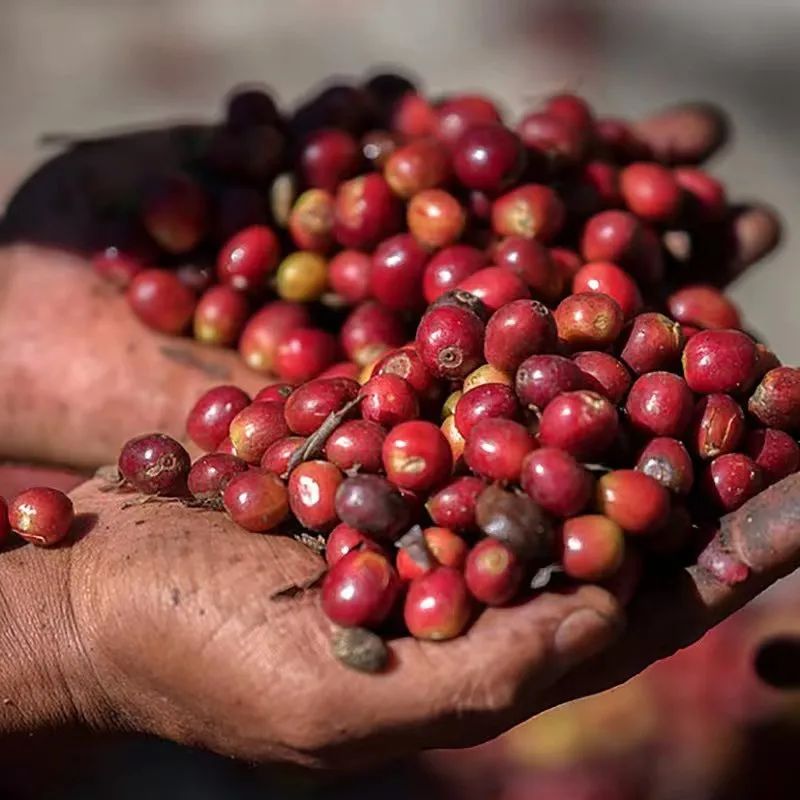
Therefore, Heirloom does not refer to a certain category of coffee varieties, it represents the blending of raw beans in the place of origin, coffee gathered the same harvest of several small farmers, and then pieced together each other, a single batch may cover dozens of unsubdivided varieties. It is precisely because there are differences between varieties, each time the mixing method is different, the size, size and shape of these coffees are different, there are large and small, long and round, can be understood as "matching batches".
Among all the plants planted in the field, some coffee trees will show strong planting advantages, not only adapt to the local soil, climate, environmental conditions and other factors, the taste gradually tends to be stable, but also show the characteristics of disease resistance and productivity. It was specially preserved by farmers. After years of cultivation and hybridization, they are gradually "domesticated". Coupled with a certain degree of breeding, the characters of individual plants are no longer elusive and become stable and regular.
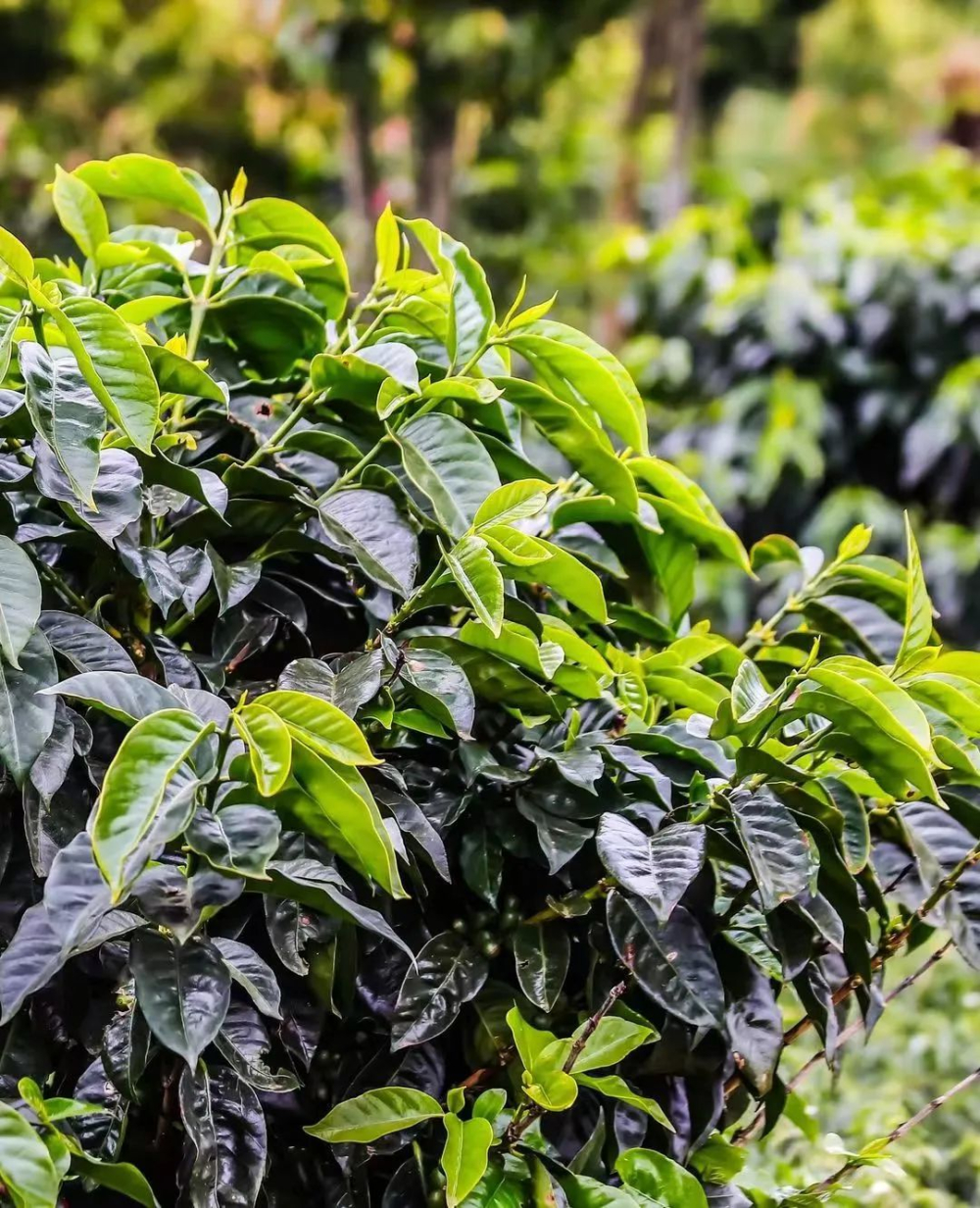
These kinds of coffee that can be described have gradually become recognized as "local varieties" and have been handed down by farmers from generation to generation. Therefore, Landrace refers to the species of coffee plants with historical origin, genetic diversity and clear characteristics, which can adapt to the local environment and cooperate well with the management of farmers' fields.
So if these ancient varieties of coffee already exist in Ethiopia, why have they not been distinguished separately before?
From a botanical point of view, the local variety of Landrace cannot be called an independent variety, or even a subvariety, because such "unity" is not only caused by plant genes, but also more influenced by local soil, and is the result of time and natural selection.
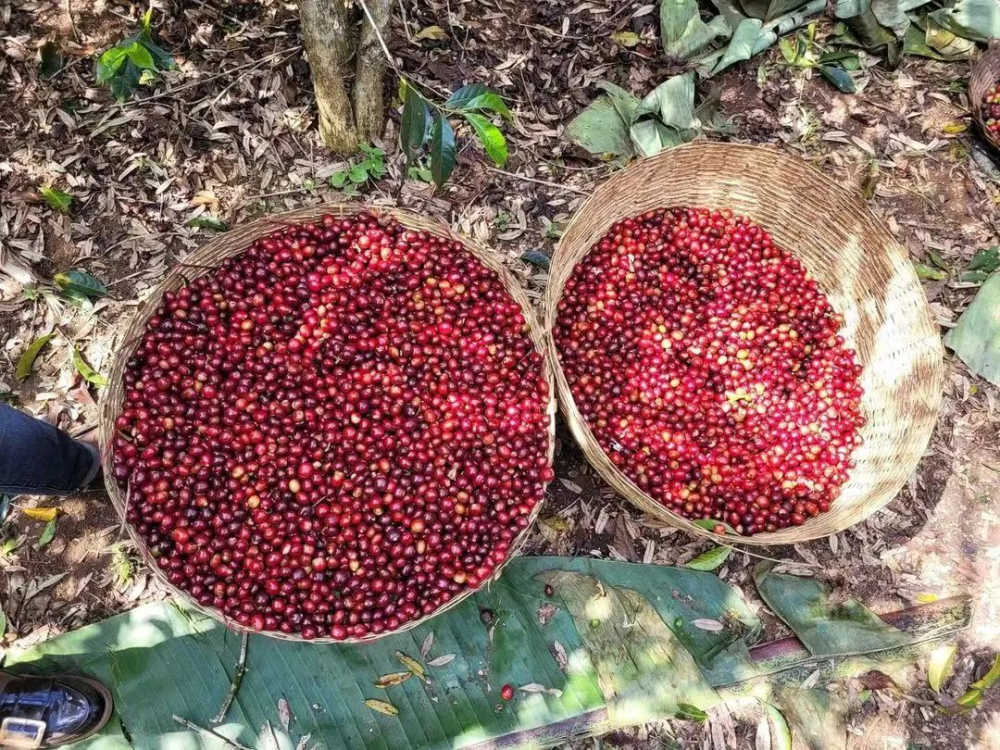
In recent years, thanks to the efforts of the Ethiopian agricultural management agency JARC (Jima Agricultural Research Center), many regional local varieties originally belonging to "Heirloom" have also been identified, and the number of farmers who have changed to these local varieties has gradually increased. However, because there was no public appraisal before, it was not specially announced to the public. For example, the local varieties widely cultivated in the south of Ethiopia are Kurume, Wolishao and Dega, while Choche, Sardo Buna and Bedessa are planted in the west or southwest.
Because even if the farmers can tell the local varieties they grow and clearly point out whether the coffee tree belongs to Kurume or Choche, they may not be able to retain detailed information about the soil species after harvest. Because processing plants run by many large companies buy coffee cherries from hundreds of local small farmers, mix them, sell them, and eventually mark them as Heirloom for export around the world. Therefore, the Ethiopian native coffee that we drank in the past was mixed with these local varieties.
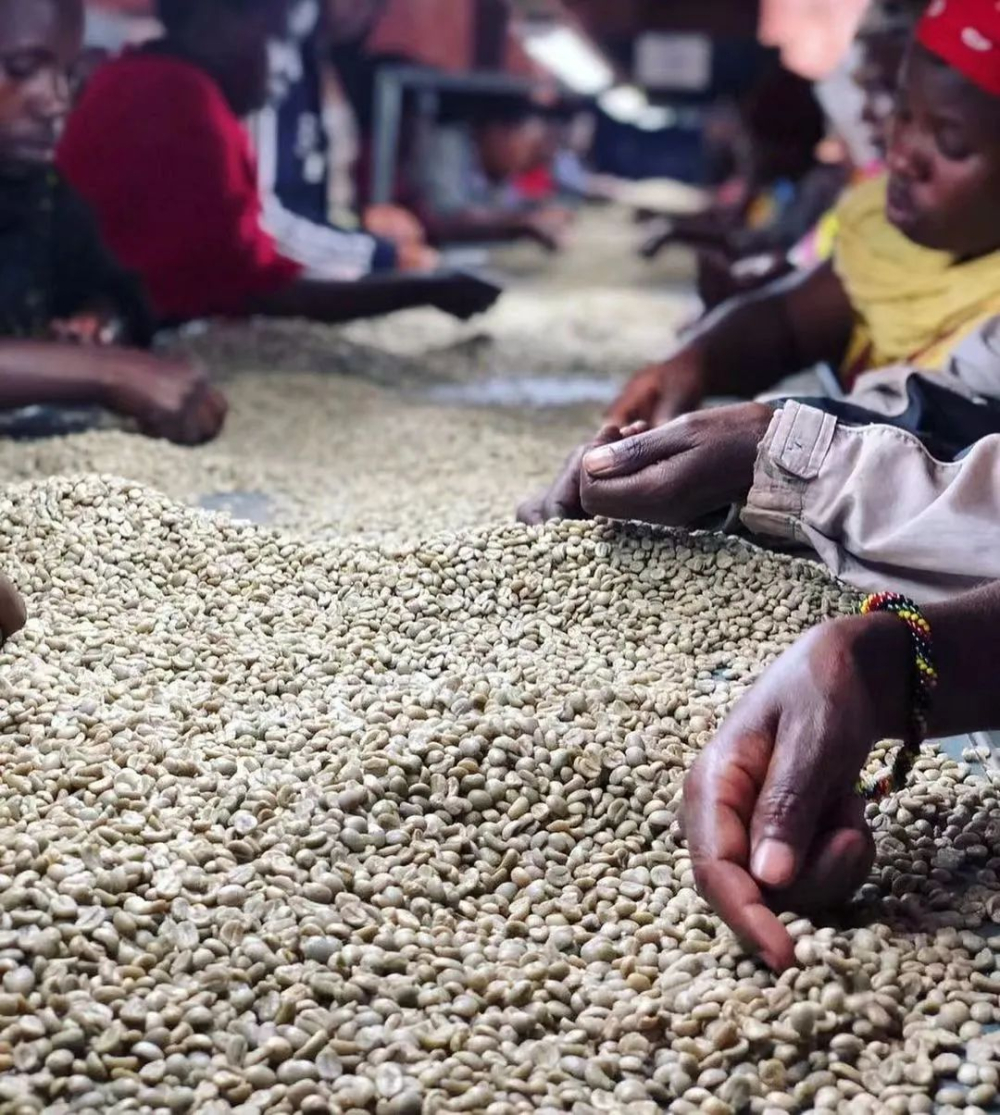
Nowadays, in order to provide more choices to consumers who pursue "uniqueness", more and more international raw bean merchants tend to purchase local coffee varieties that emphasize the characteristics of the producing areas. From the perspective of planting and production, these local varieties can show good adaptability in the region and ensure a good income, because they can no longer be mixed with other unknown family heirlooms, but can be harvested separately and sold in a single batch, so that new and old farmers are more willing to plant them. As the consumer side, there are more and more local varieties of Essel coffee beans for us to choose from.
Disclaimer: some of the pictures in this article come from the network, and some of the contents of the website, such as pictures, we will respect the origin of the original copyright, but due to the large number, there will be individual pictures and texts not in time to indicate, please forgive me. If the original author has any disputes can contact the website to deal with, once verified, we will immediately correct, by "Ka comment vdailycom" collation and editing, reprint please indicate, this article is intended to spread coffee culture, if infringement, please inform to delete, thank you ~!
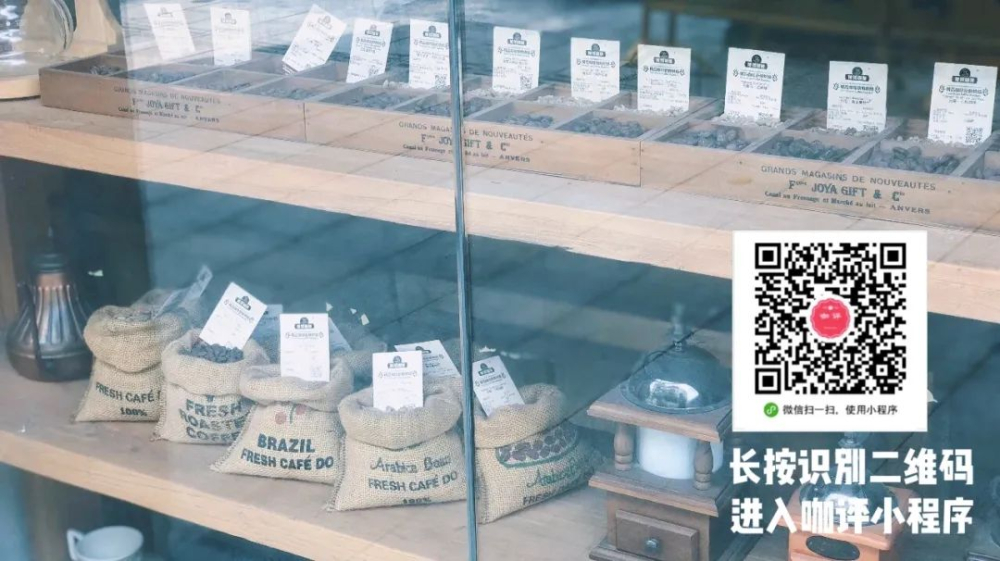
Important Notice :
前街咖啡 FrontStreet Coffee has moved to new addredd:
FrontStreet Coffee Address: 315,Donghua East Road,GuangZhou
Tel:020 38364473
- Prev

Kenyan Coffee Variety: Ruiru 11 (Ruiru 11)
Kenyan coffee is popular with the SL series of beans. Although SL beans are of high quality, they are vulnerable to diseases and insect pests. The Kenyan coffee industry has begun to promote more disease-resistant and climate-adaptable varieties, including "Ruiru11". The flow of coffee berry disease (CBD) in 1968
- Next

What's the difference between powder-to-water ratio and powder-to-liquid ratio?
When sharing the coffee brewing experiment in Qianjie, the word "powder-water ratio" is bound to be mentioned. Because when we make coffee, the proportion is a very important extraction parameter, it has certain conditions that can influence the concentration of coffee we finally get! However, sometimes, we will use the "powder-to-liquid ratio"
Related
- Beginners will see the "Coffee pull flower" guide!
- What is the difference between ice blog purified milk and ordinary milk coffee?
- Why is the Philippines the largest producer of crops in Liberia?
- For coffee extraction, should the fine powder be retained?
- How does extracted espresso fill pressed powder? How much strength does it take to press the powder?
- How to make jasmine cold extract coffee? Is the jasmine + latte good?
- Will this little toy really make the coffee taste better? How does Lily Drip affect coffee extraction?
- Will the action of slapping the filter cup also affect coffee extraction?
- What's the difference between powder-to-water ratio and powder-to-liquid ratio?
- What is the Ethiopian local species? What does it have to do with Heirloom native species?

